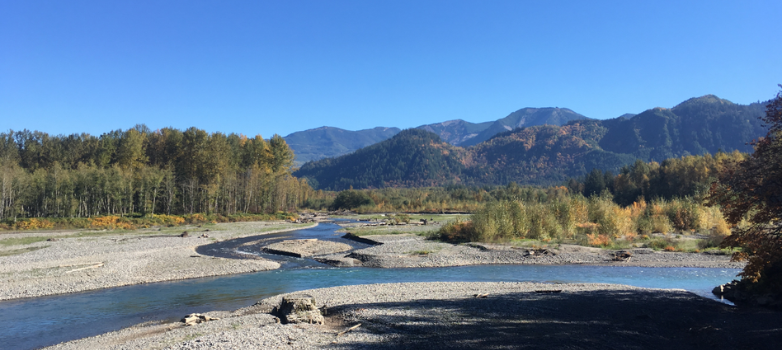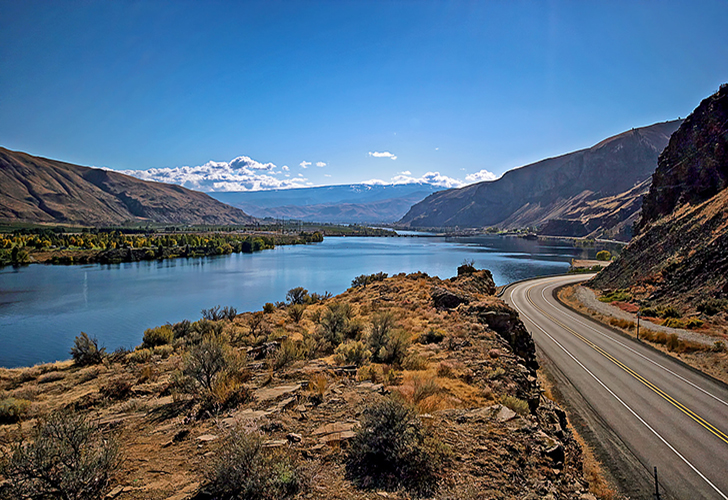Responding to water supply needs
Climate change and water supply
Air & ClimateWe lead Washington's Integrated Climate Response Strategy, which includes water supply strategies. The strategies we've created set the framework to protect communities and natural resources from the impacts of climate change.
Impacts on Water Supplies
Less water stored as snow and lower streamflows during fish-critical times is projected. Read the report to learn more.
Impacts of climate change on water resources
Climate change has already altered and will continue to alter snowpack and streamflows. This affects where, when, and how much water is available for all users.
A reliable supply of water is vital for the communities, businesses, industries, environment, and quality of life in Washington. Many communities rely on a snow-fed water supply to provide safe and clean drinking water. The irrigated agriculture industry relies on water to irrigate crops. That same water also feeds rivers and streams that support salmon. Further, Washington’s abundant hydropower resources supply two-thirds of the electricity for the state.
The impacts of climate change will intensify current challenges in managing water resources. The state’s water resources are already under stress from:
- Excessive water withdrawals.
- Increasing conflicts among water users and demands on water resources.
- Increasing water quality degradation.
- More frequent and intense droughts and floods.
- Loss of species, habitats, and ecosystems.
Water supply projects in Eastern Washington
Our water supply and environmental enhancement projects are helping to ease water conflicts in Eastern Washington. We're responding to decades of competition for water that stymied new development and threatened several fish species listed as endangered in the Columbia River Basin.
Related links
Contact information
Jimmy Norris
Communications Manager
jimmy.norris@ecy.wa.gov
360-810-0747




